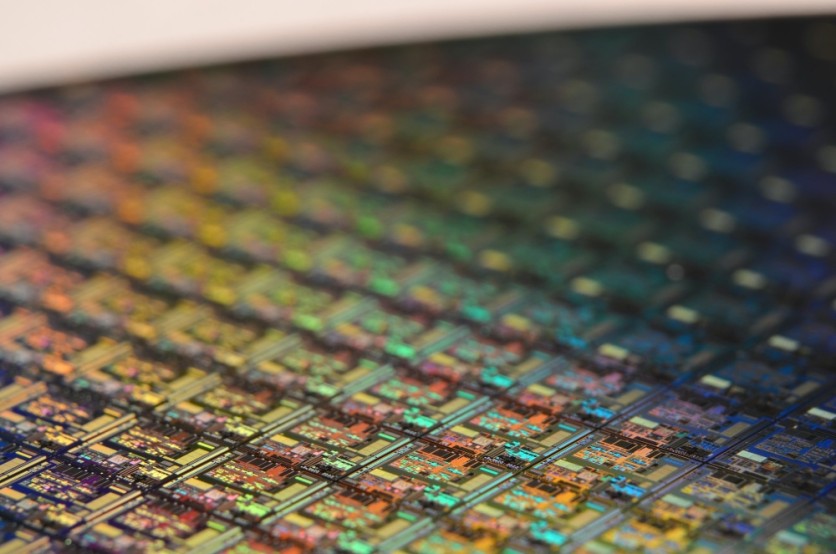
Scientists from Oxford University, in collaboration with researchers from Germany and the UK, have introduced a novel dimension to artificial intelligence (AI) hardware, Interesting Engineering reports.
This new technology harnesses the power of light to process three-dimensional (3D) data, presenting a potential revolution in AI computing.
A Paradigm Shift in AI Processing
The demand for processing power in AI applications has surged unprecedentedly, doubling requirements every 3.5 months. The traditional electronic chips in most computing systems have struggled to keep pace with this relentless AI innovation.
However, the team of scientists has boldly introduced a paradigm shift by replacing electronics with light to drive AI processing.
Their journey towards this cutting-edge AI chip began with creating a photonic chip capable of performing matrix-vector multiplication.
This crucial operation for AI and machine learning was executed at a speed that surpassed any electronic chip. This pioneering development ultimately led to the establishment of Salience Labs, a spin-out company from Oxford University devoted to photonic AI.
Expanding Parallelism with Light and Radio Frequencies
The latest milestone achieved by the research team builds upon their previous success. They expanded the photonic chip's parallelism by employing different radio frequencies of light to encode data.
The implications of this advancement are far-reaching; the chip can now process 3D data, including images and videos, with unprecedented speed and precision.
To demonstrate the prowess of their hardware, the team applied it to a real-world problem: predicting the risk of sudden death from heart signals in patients.
Astonishingly, their photonic chip analyzed 100 heart signals simultaneously, identifying potential issues with an impressive accuracy rate of 93.5%.
Read Also : Study Suggests AI Chatbots Can Profile, Learn Personal Information via Normal Conversations
A Leap in Energy Efficiency and Compute Density
The potential of this light-driven AI chip is nothing short of remarkable. The research team estimates that their hardware could surpass the best electronic processors by a staggering factor of 100 in terms of energy efficiency and compute density, even with a modest scaling of 6 inputs × 6 outputs.
Furthermore, they anticipate further improvements in computing parallelism by exploring additional light features, such as polarization and mode multiplexing.
Dr. Bowei Dong, the paper's first author and a researcher at Oxford University's Department of Materials, expressed his excitement about the project:
"We used to think that using light instead of electronics could only increase parallelism by using different colors - but then we discovered that using radio frequencies to represent data opens up a whole new dimension, enabling superfast parallel processing for emerging AI hardware."
Professor Harish Bhaskaran, the research leader and co-founder of Salience Labs, added, "This is an exciting time to be doing research in AI hardware at the fundamental scale, and this work is one example of how we can push the boundaries of what we thought was possible."
Stay posted here at Tech Times.

ⓒ 2026 TECHTIMES.com All rights reserved. Do not reproduce without permission.




